Return to U.S. Space & Rocket Center
Starliner/CST-100 Pressure Vessel
During my April 2024 visit, the old museum's Space Hall hosted a temporary exhibit whose theme was commercial spaceflight. Among the exhibits was a Boeing Starliner/CST-100 pressure vessel test article. It's unclear exactly what this test article was used for, as it lacks windows (I would expect many tests to center on the windows maintaining pressure).
Starliner is designed to ferry crews to the International Space station. As of this writing, however, Starliner has had a rough road. An initial, unmanned orbital flight test (OFT-1) failed to rendezvous with the ISS. A second unmanned flight (whose purpose was to demonstrate the capabilities which OFT-1 failed to do) was mostly successful, leading to a manned crew flight test.
The crew flight test's launch was delayed several times, including for a helium leak in the service module's maneuvering thrusters (helium is used to pressurize the propellant tanks). Several of these thrusters failed after launch, prior to docking with the ISS, and the helium leaks returned, although docking was ultimately successful. Originally planned to carry two astronauts to the ISS for a stay of approximately a week, Starliner's thruster problems were studied for about three months before NASA overruled Boeing, who insisted that it would be safe to return the astronauts on board, and decided that it would be safer for Starliner to return to Earth uncrewed. While there were a few issues after separating from the ISS, Starliner made a safe reentry, and Boeing said that the astronauts could have safely returned aboard Starliner.
For additional information on the "21st Century Space Capsule", see Boeing's CST-100 Starliner page.
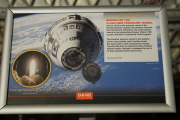 dsce1500.jpg |
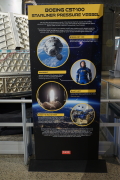 dsce1778.jpg |
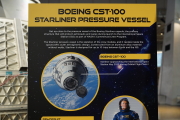 dsce1496.jpg |
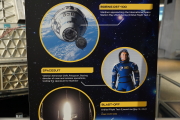 dsce1497.jpg |
 dsce1498.jpg |
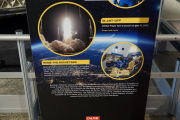 dsce1499.jpg |
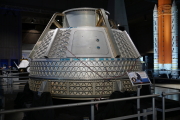 dsce1501.jpg |
 dsce1502.jpg |
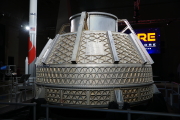 dsce1503.jpg |
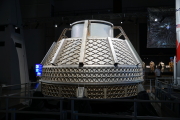 dsce1504.jpg |
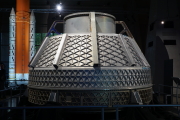 dsce1507.jpg |
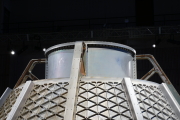 dsce1506.jpg |
Return to U.S. Space & Rocket Center